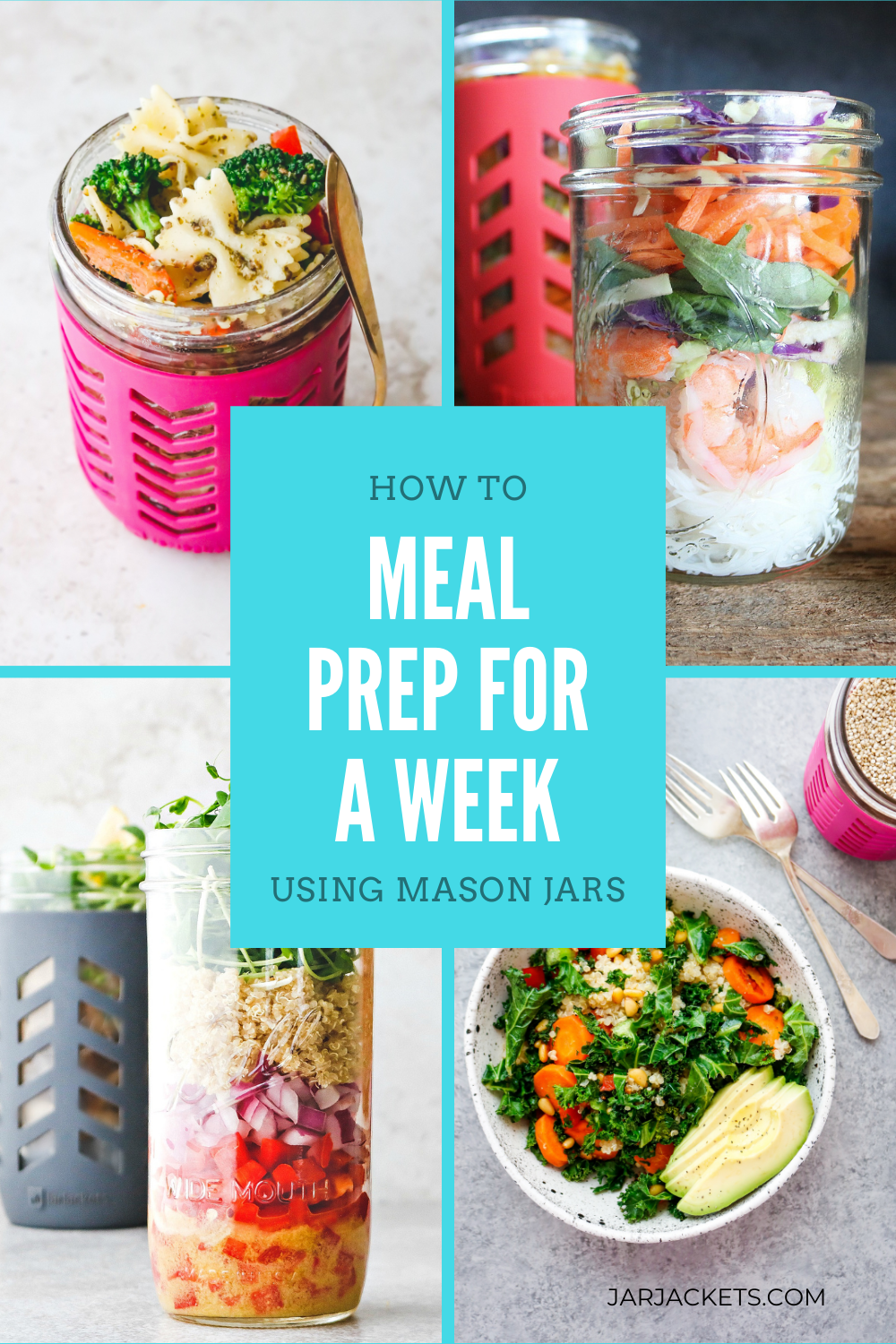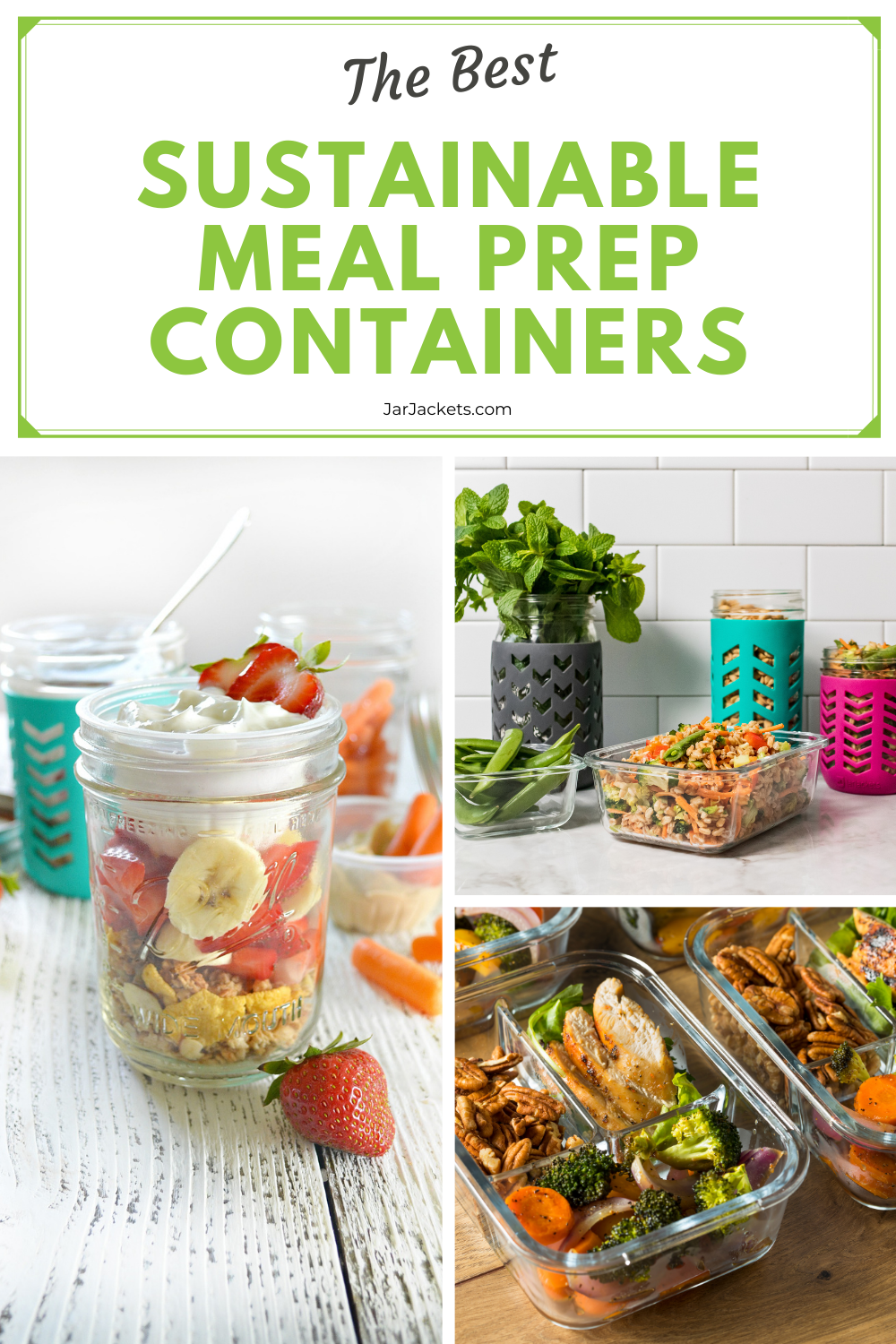Your Cart is Empty
FREE SHIPPING (US ONLY) ON ORDERS OVER $20
FREE SHIPPING (US ONLY) ON ORDERS OVER $20
March 28, 2025 2 min read

Looking to level-up your nutrition without breaking the bank? There is virtually no better way to do so than incorporating home grown sprouts into your diet. Better yet, sprouts couldn't be simpler to grow. All you need is a mason jar, cheesecloth, sprouting seeds, and some water.
To grow sprouts at home in a jar you'll need:

Now that you know how to grow your own sprouts at home, let's look at the myriad of different ways to incorporate them into your diet.
According to the International Sprout Grower's Association, here are just a handful of fantastic ways to enjoy sprouts:
We hope you'll give growing sprouts a try at home. Let us know in the comments if you do and what your favorites are!
Mains
4
10
15
What is Palmini you ask? Palmini noodles are described as a low carb, plant-based pasta substitute made 100% from Hearts of Palm.
What does Palmini taste like? Well, some describe it as having the consistency of pasta noodles (cooked al dente) but with a hint of a tart or lemony flavor.
Pad Thai (a popular Thai noodle dish) is typically made with rice noodles and the sauce is often made with tamarind (which gives the sauce a bit of its signature tartness). In this recipe for Palmini Pad Thai the tamarind is omitted and the Palmini noodles take center stage to offer up a tiny bit of lemony tartness to complete the dish exquisitely.
P.S. It's also a fantastic vehicle for all those home grown bean sprouts!

2 tbsp olive oil
1 cup matchstick carrots
1 cup julienned red bell pepper
1 cup sliced mushrooms
1 tsp minced garlic
1/2 tsp minced ginger
1/3 cup torn fresh basil leaves
3 (15 oz) cans Palmini linguine noodles, drained
1 cup bean sprouts
1/2 cup chopped cilantro
1/3 cup chopped peanuts
2 tbsp toasted sesame oil
3 tbsp coconut aminos
2 tbsp lime juice
1 tbsp coconut sugar
Stir together ingredients for sauce in a small bowl. Set aside.
Heat olive oil over medium heat in a large skillet. Add carrots, mushrooms and bell peppers. Sauté 5 minutes.
Add ginger and garlic and sauté 3 minutes longer.
Stir in Palmini noodles, sauce and basil. Heat for 5 minutes.
Serve hot with lime wedges garnished with bean sprouts, chopped cilantro and chopped peanuts.
Comments will be approved before showing up.

April 26, 2025 6 min read
We all like the idea of making our families healthy meals, saving money and doing our part to cut down on waste.
But we also like the idea of getting a good night’s sleep, not having a huge mess to clean up in the kitchen after dinner and — just maybe — having time to watch a bit of Netflix or read a book.

April 16, 2025 4 min read

April 09, 2025 2 min read